
Review on Astromania 6Mm Plossl Telescope Eyepiece - High-Performance 4-Element Design - Compatible With Standard 1.25Inch Astronomy Filters by James Lighting

your maximum power on a night of good seeing is @150x
I begin with a reply to the first reviewer. It's not the eyepiece. The rule is about 30-50x (power) per inch of aperture. The largest Celestron Powerseeker refractor aperture is 80mm or just over 3". If you have the 80mm version, your maximum power on a night of good seeing is @150x. (If you have a smaller aperture version, it's even less.) Powers much larger result in fuzzy, dark images such as you describe. The scope's focal length is 900mm. Focal length of scope divided by focal length of eyepiece gives magnification/power. 900 divided by 4 is 225; 50% stronger than you scope can handle, again, assuming you have the 80mm version. A 6mm eyepiece would give you your maximum power. Smaller aperture, less.The Plossl design is simple and efficient. Four elements which give good to excellent sharpness and light transmission. I have lots of them from Tele Vue, GSO, Meade, Astromania, Gosky and more obscure manufacturers. Some are "fully coated", some are "multicoated" and some are "fully multicoated".They range in price from $15 to over $100 and from purchase dates from a few days ago to the late 80s. Every one of them works very well; very difficult to tell them apart once they are in a scope. My scopes are two dobsonians, 13" and 8" both f4.5, and a 120mm f5 refractor. As long as the eyepiece is not too powerful for the scope's aperture, the views are crisp and contrasty. Only problem is that of eye relief when you get below about 12mm. And I have a raft of much more expensive, multi-element, wide-field eyepieces with much better eye relief which get a lot of use. But all but a very few of them are not one bit sharper than a Plossl and far too many of them are not quite as. Sharp, that is.So in short, if you aren't getting decent results from your eyepiece, check your collimation and then do your math. The best scope in the world still has to obey the laws of optical physics. As for Astromania Plossls, in my experience they are really good and really, really cheap. Really.
- 4-element plossl design, has a approx 52 degree AFOV. Perfect for broad-field lunar observations, medium-sized star clusters, and a wide range of cloudy nebulas and deep-sky targets.
- May produce vignetting in some telescopes
New products
Comments (0)
Top products in 🔒 Security & Surveillance Accessories
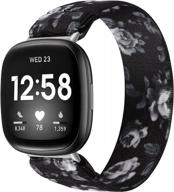
Fitbit Versa 3 Smartwatch Replacement Band: TOYOUTHS Elastic Nylon Fabric Strap For Women & Men

50 Review
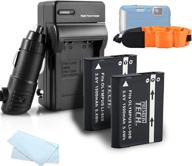
2 Pack Battery And Charger Kit Bundle For Olympus Tough TG-Tracker, TG-5, TG-2IHS, TG-3, TG-4 Waterproof Digital Camera Includes 2 Replacement (1500Mah) LI-90B, LI-92B Batteries + Charger + More

43 Review
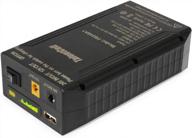
🔋 TalentCell PB240A1 | 24V Lithium Ion Battery with 22400mAh Capacity | Rechargeable Power Pack for LED Light Strip, CCTV Camera, Smartphone & More

26 Review
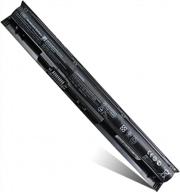
12 Months Warranty HP ProBook 440 G2 450 G2 TPN Q139-Q143 Battery Replacement - VI04 756743-001, 756745-001, 756479-421 HSTNN-DB6K HSTNN-LB6K

38 Review
Another interesting products

🔌 Enhanced USB Polygraph: Law Enforcement Edition

3 Review
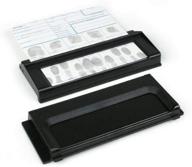
Identicator Fingerprint Systems 1007333 Cardholder

3 Review
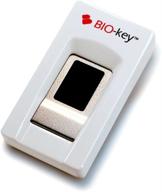
🔐 BIO-key EcoID Fingerprint Reader with Microsoft Windows Hello Certification: Say Goodbye to Passwords on Windows 7/8.1/10! Includes OmniPass Online Password Vault.

3 Review
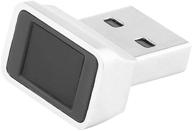
DDSky USB Fingerprint Reader One-Pack - Portable Biometric Scanner for Windows 10 with Enhanced Windows Hello Features

3 Review

